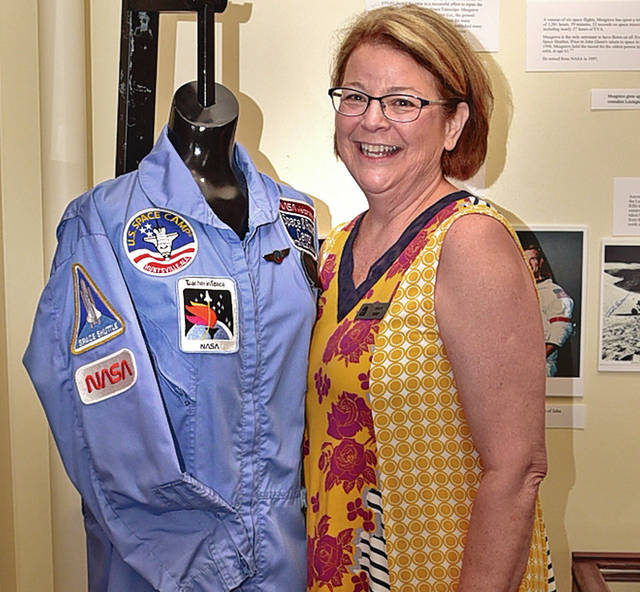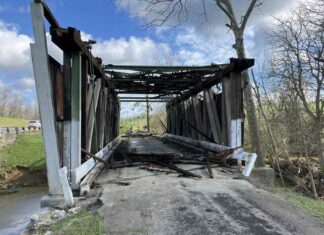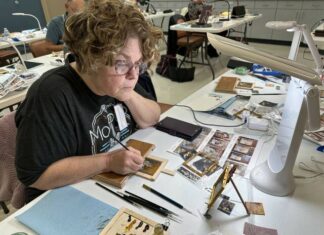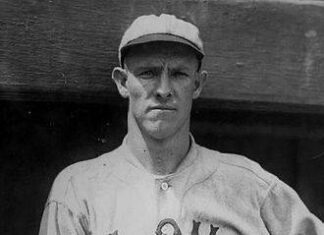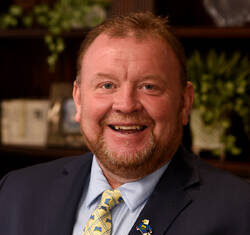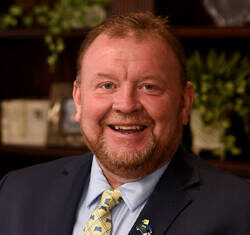With the 50th anniversary of man walking on the moon upon us, Tandy Nash, education curator for the Kentucky Gateway Museum Center in Maysville, reflects on her own experiences with the space program.
Nash has always had a unique interest in the cosmos and space travel. Those interests led her, as an educator, to participate in a number of NASA programs over the course of her life.
In the mid 1980s, while she was teaching fourth grade at Fairview Elementary in Westwood, Nash, known as Tandy Wellman at the time, decided to apply for NASA’s Teacher in Space Program.
“I was always interested in space,” Nash said, “ ’57 was the year I was born, and that was the year Sputnik flew. So you’re a space baby, you grow up with it, and I applied for the Teacher in Space Project.
The Teacher in Space Project was a program announced by President Ronald Reagan in 1984. Designed to inspire students, honor teachers and encourage interest in math, science and space exploration, the program planned to carry teachers into space who would then be returned to their classrooms to share their experience.
“Sue Darnell was the representative from Kentucky,” Nash said, “she took all our applications and everything and then we were weeded out and then they pretty much picked somebody from every state that applied.”
Among the numerous applicants for the program, only 114 “made the big cut” according to Nash and onto the next stage of the program. Nash said she was among the 130s.
Although she was not selected further, Nash said Darnell later helped to get her involved in the Kentucky Science Teachers Association, the Kentucky Space Curriculum Committee as well as the Teacher in Space Academy in Huntsville, Ala.
After the vetting process, NASA selected Christa McAuliffe, a teacher from New Hampshire, as the primary participant for the mission, with Barbara Morgan as backup should McAuliffe be unable to go.
Once in space, McAuliffe would teach two 15 minute lessons live from the space shuttle.
Being an applicant, Nash was able to receive the curriculum that would be taught once the selected teacher was up in space, to be taught in tandem to students back on earth.
“We had lesson plans that we were using in conjunction — and it was really the first time that you had (that McAuliffe) was going to broadcast live from space, and we were going to work in our classrooms doing those sessions together,” Nash said
Unfortunately on the day of the launch, McAuliffe, along with the six other crew members on board, were killed when the Space Shuttle Challenger broke apart mid flight on Jan. 28, 1986.
Many consider this to be one of the darkest days of space travel.
“I was sitting in the classroom with my children and we were watching because we were part of the project, and (I) definitely had wanted to be on that shuttle, wanted to be on that flight,” Nash said “We were waiting, and we’re watching the screen, and you could see (McAuliffe’s) family and they even showed her classroom — her school — and they had the media there and they had the media on her family the whole time.”
Having done her fair share of simulations and exercises from her time spent at the Teacher in Space Academy, Nash said she could imagine what McAuliffe was about to go through when the shuttle finally took off. However, once the shuttle begins liftoff, she said something did not look right about the shuttle.
“I think they said that it was seven seconds, I thought it was more like six, but all of a sudden it doesn’t look like it has ever looked, because I watched, it was on my bucket list to watch a shuttle go off” she said. “You watch and you see that split, and you think, ‘well that didn’t look right, and then you see the media get all quiet — and they still focus on that family, I still feel so bad for that family. You’re sitting there thinking that these children are going to be so excited because now they know that anybody can go up into space, and you realize that there’s a problem and you see them come and get the family. Then you see the bewilderment in the school where she taught.”
After seeing the tragedy that day, Nash believed that moment left a profound statement on teachers who witnessed it as well.
“It was a disappointment, and you wondered how it was going to affect the whole space program,” she said. “And, as an educator, it was so important to us to have representation up there.”
Despite the tragedies and mistakes of the space program, Nash believes that space exploration is still a worthwhile endeavor. To her, space is the final frontier.
“To me, it’s the future,” she said. “They always say the ocean is the new frontier because there is so much about the oceans that we haven’t discovered or done, but we’re fouling our ocean right now; you’ve got dolphins dying in the Gulf of Mexico, you’ve got flesh eating bacteria — you’ve got so much going on. We just don’t ever seem to be correcting those things, and I think that eventually we’re eventually going to have to find somewhere else to branch out.”
